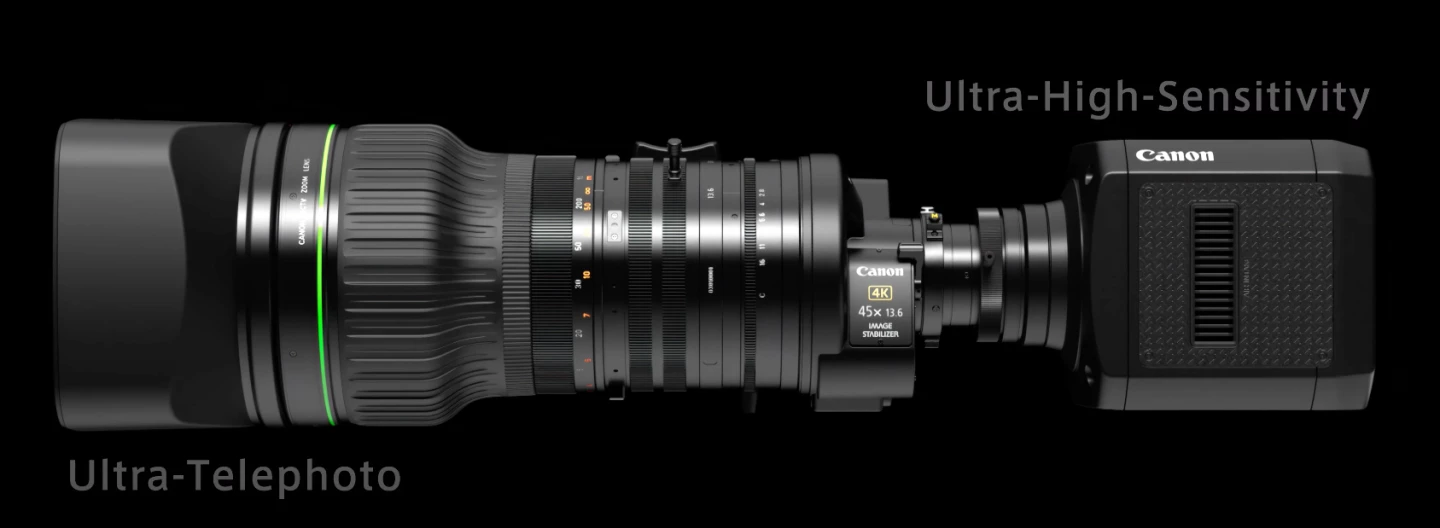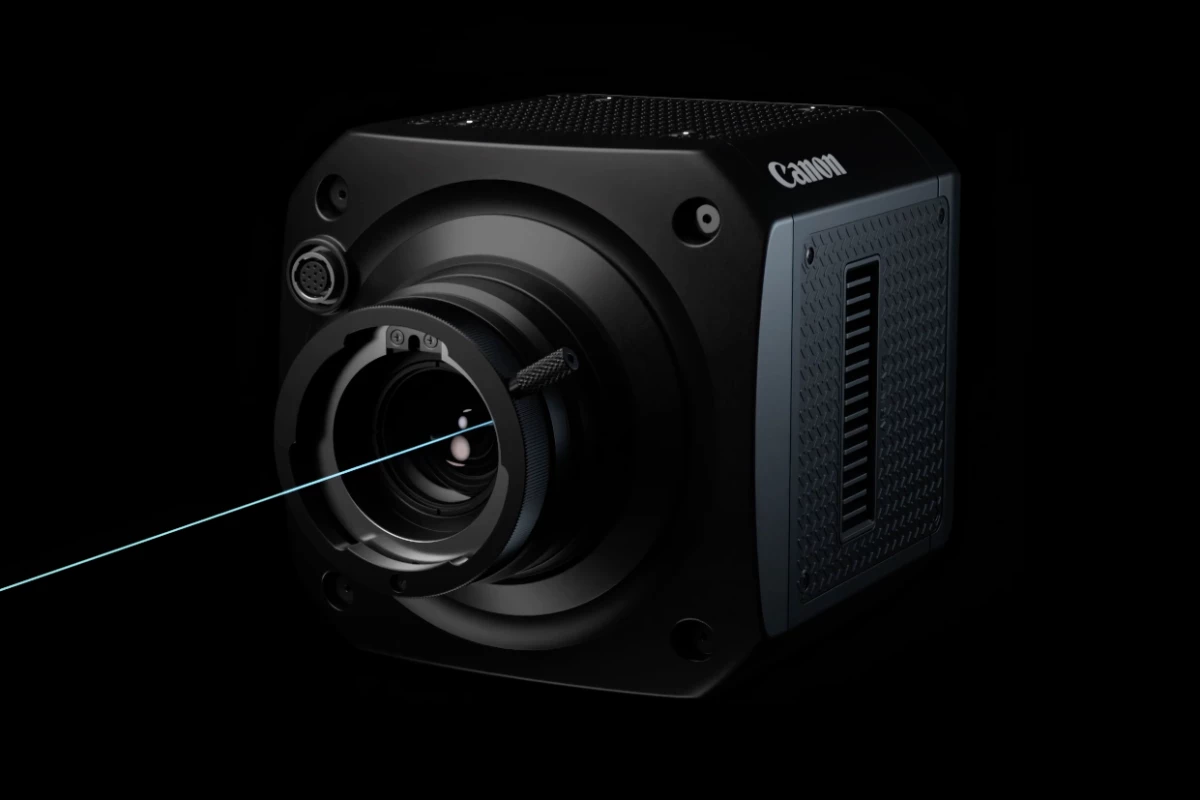Canon has wrapped its experimental ultra-high sensitivity Single Photon Avalanche Diode (SPAD) sensor up into a world-first commercial product. The new MS-500 accepts ultra-telephoto broadcast lenses, and can shoot color video on a moonless night.
As the name suggests, these SPAD sensors effectively count individual photons – the tiniest possible quanta of light – noting down the precise moment when they hit the pixel array, as opposed to doing what a regular CMOS camera sensor does, and outputting the total amount of light received over a given amount of time. The "avalanche" part refers to an amplifying effect of sorts; when a pixel detects a photon, it releases an electron, and that electron itself, at high speed and high voltage, can shake other electrons loose as it goes.

What you end up with is a sensor with an insane level of sensitivity in low light, almost like a high-speed Geiger-counter for photons. You can use that in a number of ways; Canon, for its part, used an experimental 1-megapixel version of this thing to build a 24,000-fps camera capable of producing usable images at shutter speeds in the tens of trillionths of a second.
How quick is that? Quick enough to freeze light itself in motion. Check out the video below, which shows the movement of a single pulse of laser light, as it moves through smoke, bouncing off mirrors in a three-dimensional setup.
SPAD sensors themselves are not new; they've been used broadly for more than 50 years – most notably, in applications like LiDAR, 3D time-of-flight (ToF) imaging and PET scanning, where their incredible speed gives them the ability to accurately record exactly when a photon arrived, allowing these devices to create 3D models of the world.
What is new is that Canon has developed a groundbreaking 13.2 x 9.9 mm, 3.2-megapixel, ultra-high sensitivity SPAD sensor and built a commercial, interchangeable-lens video camera system around it.

Canon says the new MS-500, announced yesterday, is the world's first camera of its kind, and the highest pixel-count SPAD sensor ever offered for sale, with a resolution higher than 1080p. It debuts a new architecture that Canon claims gives it exceptional performance, even among SPAD sensors, in temporal resolution, low noise and near-infrared light spectrum sensitivity.
It's capable of capturing video in illumination levels as low as 0.001 lux – we're talking starlight in the middle of a moonless night – "as though viewing with the naked eye in well-lit environments" – and it's also capable of processing data in somewhere around 100 trillionths of a second, which Canon says will allow it "to capture objects moving at high speeds including photons."
The MS-500 camera itself looks like somewhat of a brick house, and with a built-in B4 bayonet lens mount, it's compatible with a wide range of 2/3 inch broadcast lenses, including the brutally-named CJ45ex13.6B IASE-V H, which offers a 45x zoom ratio, with a telephoto reach up to 1,224 mm. Canon says this lets you film subjects up to a remarkable "several tens of kilometers away."

At an estimated retail price of US$25,200 (plus nearly $100K more for that monster lens), it's certainly not pitched at the consumer level. Indeed, Canon is pitching it for "areas with extremely high-security levels, such as seaports, public infrastructure facilities, and national borders, [where] high-precision monitoring systems are required to surveil targets both day and night accurately."
But the sensor technology itself could prove to be a breakthrough in medical imaging, 3D capture, VR/AR and autonomous cars and robotics. Its capabilities with near-infrared spectrum light, for example, could give it superhuman vision and object detection capabilities in fog, mist and bucketing rain.
Very cool stuff – although Canon has provided exactly zero sample video footage at this stage, which strikes us as an absolute facepalm of a PR blunder. In the meanwhile, there's ... this?

Source: Canon








